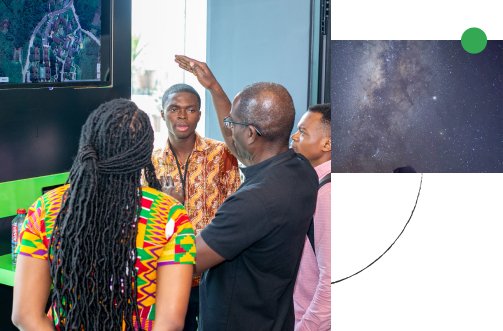
Alexander Ku
Research Areas
Authored Publications
Sort By
Google
DOCCI: Descriptions of Connected and Contrasting Images
Garrett Tanzer
Jaemin Cho
Su Wang
Sunayana Rane
Zack Berger
Zarana Parekh
(2024)
A New Path: Scaling Vision-and-Language Navigation with Synthetic Instructions and Imitation Learning
Aishwarya Kamath
Peter Anderson
Su Wang
Jing Yu Koh
Yinfei Yang
Zarana Parekh
CVPR (2023)
PanGEA: The Panoramic Graph Environment Annotation Toolkit
Peter Anderson
2nd Workshop on Advances in Language and Vision Research (ALVR) (2021)
On the Evaluation of Vision-and-Language Navigation Instructions
Ming Zhao
Peter Anderson
Vihan Jain
Su Wang
Conference of the European Chapter of the Association for Computational Linguistics (EACL) (2021)
General Evaluation for Instruction Conditioned Navigation using Dynamic Time Warping
Gabriel Ilharco Magalhaes
Vihan Jain
NeurIPS Visually Grounded Interaction and Language (ViGIL) Workshop (2019)
Stay on the Path: Instruction Fidelity in Vision-and-Language Navigation
Vihan Jain
Gabriel Magalhaes
Ashish Vaswani
Association for Computational Linguistics (2019)
Transferable Representation Learning in Vision-and-Language Navigation
Haoshuo Huang
Vihan Jain
Harsh Mehta
Gabriel Ilharco Magalhaes
ICCV 2019 (2019)
Image Transformer
Niki J. Parmar
Ashish Vaswani
Jakob Uszkoreit
Lukasz Kaiser
Noam Shazeer
International Conference on Machine Learning (ICML) (2018)
A universal SNP and small-indel variant caller using deep neural networks
Scott Schwartz
Dan Newburger
Jojo Dijamco
Nam Nguyen
Pegah T. Afshar
Sam S. Gross
Lizzie Dorfman
Mark A. DePristo
Nature Biotechnology (2018)
